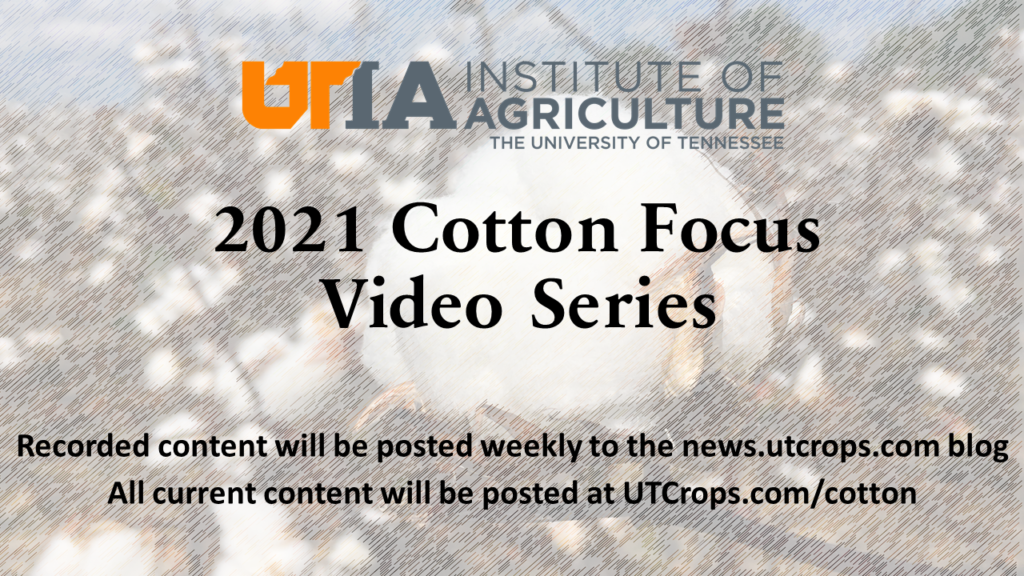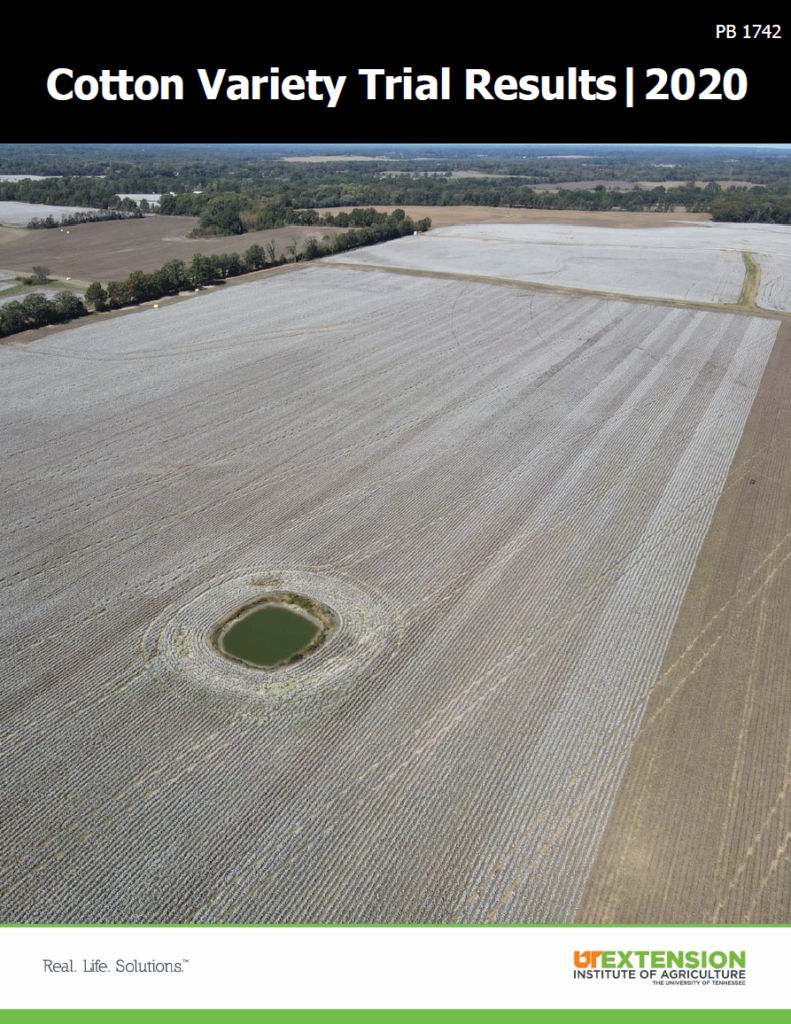 After much deliberation, the decision was made earlier this year to move Cotton Focus to a VIRTUAL event. Instead of making all presentations within a single day, we will be posting a few presentations each week on this blog (news.utcrops.com). We’ve got some great content to share with you and I believe this plan will allow us to deliver it in a manner that best fits your schedule. Most of these videos will be approximately 15 minutes in length and we plan to keep these videos up indefinitely.
After much deliberation, the decision was made earlier this year to move Cotton Focus to a VIRTUAL event. Instead of making all presentations within a single day, we will be posting a few presentations each week on this blog (news.utcrops.com). We’ve got some great content to share with you and I believe this plan will allow us to deliver it in a manner that best fits your schedule. Most of these videos will be approximately 15 minutes in length and we plan to keep these videos up indefinitely.
Sign up for our weekly emails to be notified when new content is posted or check the Cotton page of UTCrops.com (https://utcrops.com/cotton/) for a list of all current content.
For those that are in need of pesticide or CCA points, please watch the blog mid-March for a quiz. Questions from that quiz will cover the content covered within the videos.

 There are two VIRTUAL county meetings coming up next week that many of you may be interested in attending.
There are two VIRTUAL county meetings coming up next week that many of you may be interested in attending.
 Preliminary data from the 2020 TN Cotton CST Data is now available. We are releasing an average table for the XtendFlex trials and the Enlist trials today. We only tested the XtendFlex and Enlist varieties together in a handful of locations. I will release the average tables from those locations later, along with results from each individual location. Also, stay tuned for the OVT small plot trial data average table which includes 44 commercial and pre-commercial varieties. The last of the OVT samples should gin during the first of next week.
Preliminary data from the 2020 TN Cotton CST Data is now available. We are releasing an average table for the XtendFlex trials and the Enlist trials today. We only tested the XtendFlex and Enlist varieties together in a handful of locations. I will release the average tables from those locations later, along with results from each individual location. Also, stay tuned for the OVT small plot trial data average table which includes 44 commercial and pre-commercial varieties. The last of the OVT samples should gin during the first of next week. 
